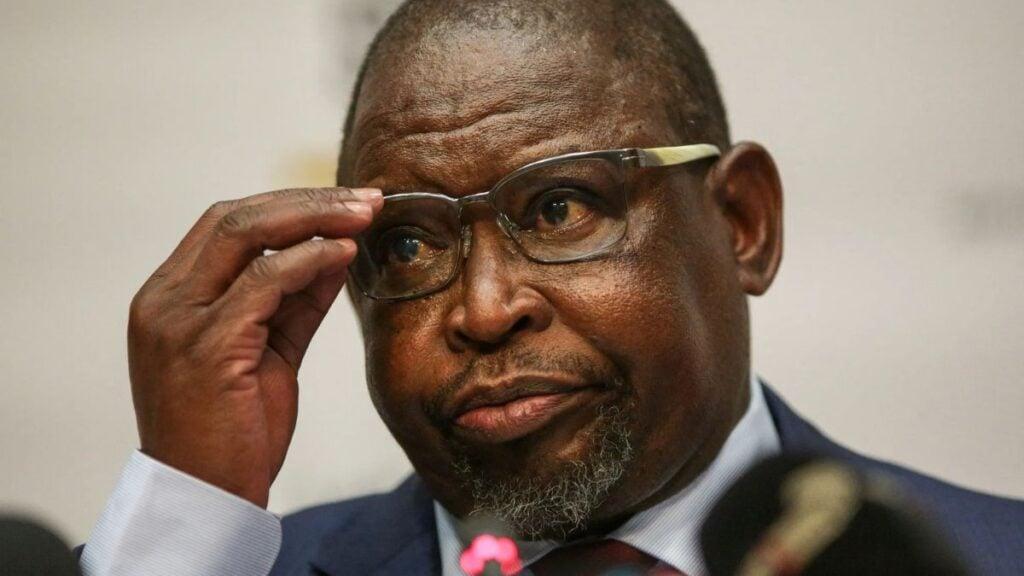Africa-Press – South-Africa. Economists at Bank of America say that South Africa’s third try at tabling a budget will tell the market more about the state of governance in the country than its finances.
Looming over the process, however, is a growing budget gap, which may have hit as high as R73 billion since the March budget was tabled, thanks to a deteriorating growth outlook locally and globally.
This risks escalating tensions among members of the Government of National Unity (GNU), with politically unpopular compromises needed.
Following a three-day visit to South Africa in early may, BofA said it is more confident that things with budget 3.0 will go smoothly.
However, the risks associated with the process collapsing again are vast — more so for the confidence in the GNU.
“This budget is more important for signalling the GNU temperature than for any forecasts it may contain,” the group said.
BofA said that the National Treasury needs the budget to pass. And for this, it needs support from the GNU parties, the Democratic Alliance in particular.
Unfortunately, it’s not as simple as cutting out the contentious VAT hike that scuppered the previous two versions of the budget, as the economic reality in South Africa and the world has changed significantly.
The March 12 budget was premised on 2025 real GDP growth of 1.9%, and inflation of 4.3%.
When Budget 3.0 is tabled on 21 May, the forecast for GDP growth will have dropped to under 1.5%, with inflation around the same, if not lower.
The dramatic shift since March can be attributed to US president Donald Trump’s tariff war, which hit global growth, and South African reforms not progressing as speedily as promised.
“South Africa reforms have been slower than we expected and high frequency data shows no meaningful pick-up in GDP growth,” BofA said.
“As a result, the National Treasury needs to decide how much to downgrade GDP growth assumptions.”
The group said this will have significant revenue implications.
If Treasury aligns with market views, South Africa’s R13.5 billion revenue gap caused by dropping VAT would actually be much larger — between R53 billion and R73 billion, adding in the drop in growth.
In turn, this would require an even bigger sacrifice from GNU partners on either side of the budget, neither of which is palatable or politically viable: steep expenditure cuts, or drastic revenue raising measures.
Budget 3.0 should go smoothly
South Africa’s government of national unity needs to find common ground to pass the budget on 21 May.
According to BofA, National Treasury is likely to toe a moderate line, pegging economic growth slightly higher than market expectations at 1.5%-1.6% (markets expect 1.0% to 1.5%), and pencilling in modest spending cuts.
Higher revenue from the gold mining sector thanks to global turmoil pushing investors into safe haven assets, and the push from the South African Revenue Service to collect unpaid taxes, should help things balance.
Treasury could present a smaller budget gap of between R20 billion and R30 billion, which should be more palatable and workable for the GNU partners.
“An endorsement by ANC-DA would signal an easing of GNU tensions, and the markets would like that,” the group said.
Unfortunately, the economic reality is not so easily escaped, and the country may have to resort to borrowing.
“If the Treasury takes the stance of being more realistic on GDP growth forecasts and the revenue gap, with modest spending cuts, this is likely to lead to a higher deficit and increase in issuance.”
The market would likely view an increase in issuance as largely negative and a capitulation of the Treasury’s pledge to keep domestic borrowing unchanged.
The more bearish alternative — aligning with BofA forecasts — is to double the revenue gap at around R40 billion – R60 billion with GDP deteriorating by 1.0 percentage point.
“That would alarm the politicians who need to pass the budget by the end of July. So, we think the Treasury may take a softer approach with a constructive growth forecast, implying a smaller revenue gap and more modest spending cuts,” it said.
“That would make it easier for major GNU parties to approve this budget in the short term. They could then work towards more serious spending cuts for the October MTBPS.”
BofA said that communications from the ground is that there is now much less talk of a potential GNU breakdown. Instead, it’s more about remaining tensions.
The group warned that a bad budget that increases GNU risks and a sell-off in South Africa assets. This would lead to a weaker rand and higher credit spreads.
Conversely, a neutral budget with a GNU majority vote would lead to a positive market reaction, lower yields, a stronger rand, and tighter credit spreads.
For More News And Analysis About South-Africa Follow Africa-Press






